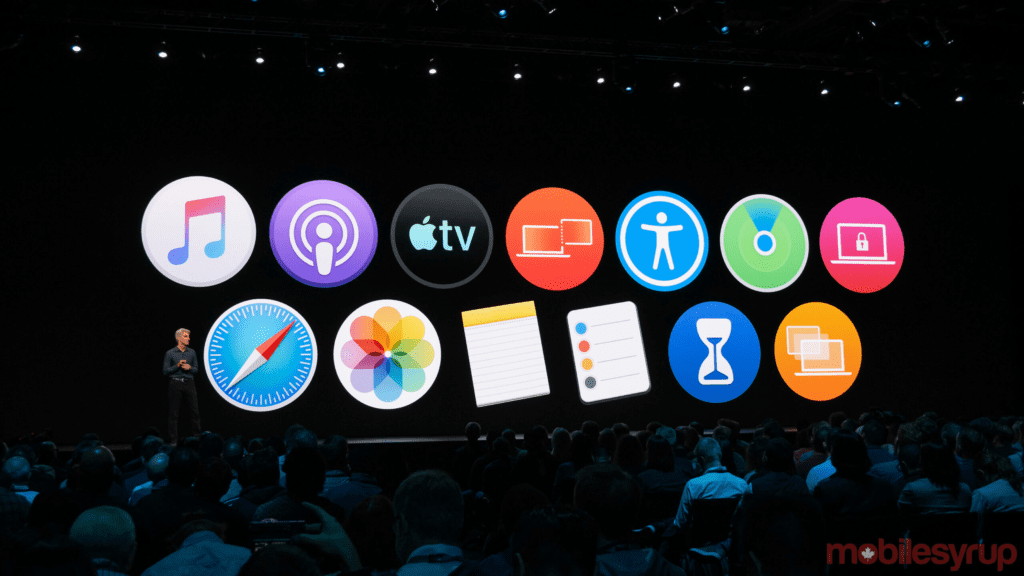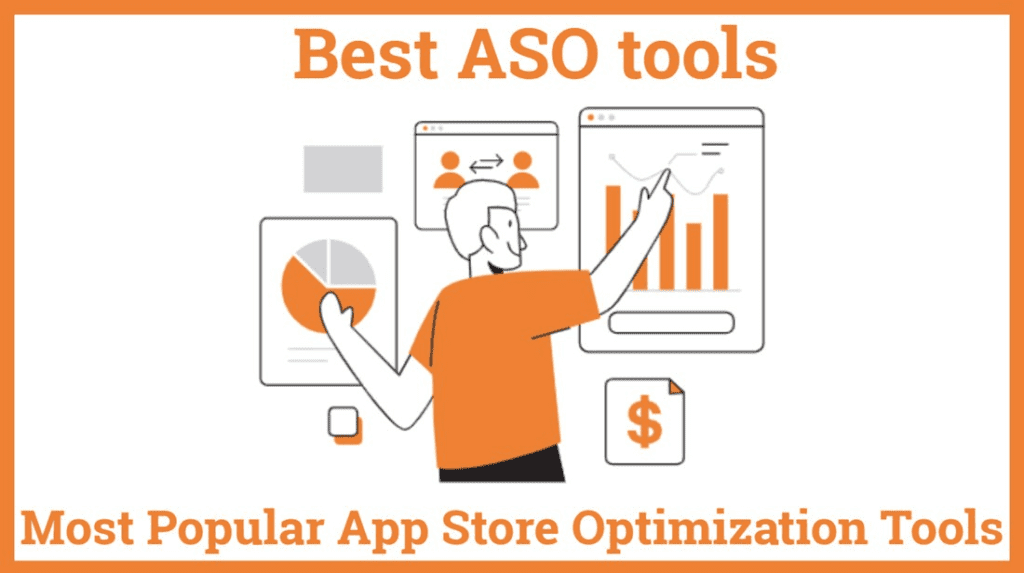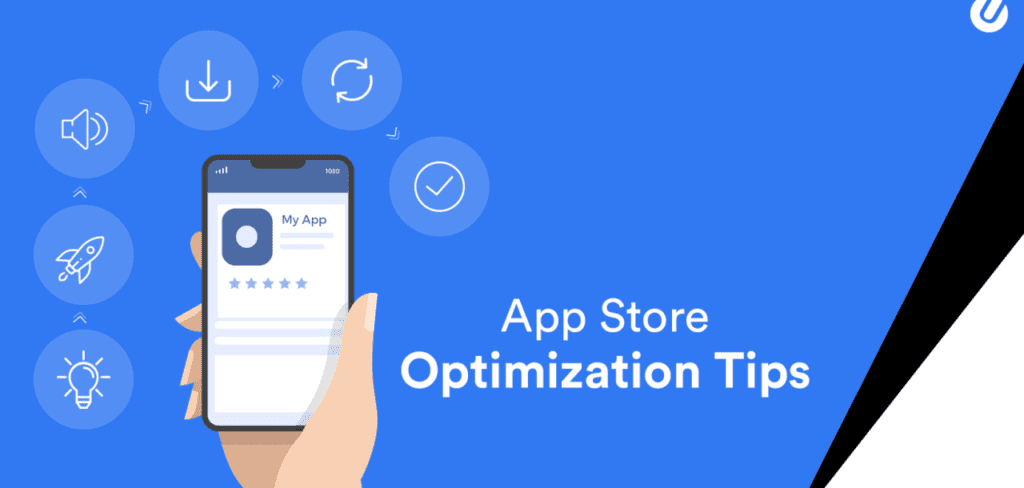In today’s digital landscape, where millions of apps compete for user attention, standing out in the app stores is more crucial than ever. App Store Optimization (ASO) emerges as a vital strategy to improve app visibility and drive organic downloads. This comprehensive guide will walk you through the essentials of ASO and empower you to boost your app’s performance.
Introduction to App Store Optimization (ASO)

What is ASO?
App Store Optimization (ASO) refers to the process of enhancing an app’s visibility and discoverability within the app store search results. It involves optimizing various elements of the app listing to increase its ranking and attract potential users.
Importance of ASO
With millions of apps available across different app stores, ASO plays a pivotal role in ensuring that your app gets noticed amidst the competition. By improving visibility and increasing organic traffic, ASO directly impacts app downloads and user acquisition.
Understanding the App Store Ecosystem

App Store vs Play Store
While both the Apple App Store and Google Play Store serve as primary distribution platforms for mobile apps, they have distinct algorithms and ranking factors. Understanding these differences is crucial for devising an effective ASO strategy tailored to each platform.
Key factors affecting app visibility
Factors such as app title, keywords, ratings, and reviews significantly influence an app’s visibility within the app store search results. By optimizing these elements, developers can enhance their app’s chances of being discovered by potential users.
Keyword Research and Optimization

Conducting keyword research
Keyword research lies at the core of ASO. By identifying relevant keywords with high search volume and low competition, developers can optimize their app listing to rank higher in search results and attract targeted traffic.
Optimizing app title and description
The app title and description serve as critical components of the app listing. By strategically incorporating relevant keywords and highlighting key features and benefits, developers can optimize these elements to improve visibility and drive downloads.
App Metadata Optimization

Utilizing app icons and screenshots effectively
Visual elements such as app icons and screenshots play a crucial role in capturing users’ attention and conveying the app’s value proposition. By creating compelling visuals that accurately represent the app’s features and functionality, developers can enhance user engagement and increase conversions.
Writing compelling app descriptions
The app description provides an opportunity to showcase the app’s unique selling points and persuade users to download it. By crafting a compelling and informative description that highlights the app’s benefits and features, developers can increase user interest and encourage downloads.
User Engagement and Retention Strategies
Importance of user engagement
User engagement is key to app success. By offering a seamless and intuitive user experience, providing valuable content and features, and encouraging active participation, developers can foster long-term user engagement and loyalty.
Implementing user retention tactics
Retaining existing users is as important as acquiring new ones. By implementing user retention tactics such as personalized notifications, rewards programs, and in-app feedback mechanisms, developers can encourage repeat usage and maximize user lifetime value.
App Ratings and Reviews Management

Encouraging positive reviews
Positive reviews and high ratings are essential for building trust and credibility among potential users. By soliciting feedback from satisfied users, addressing their concerns promptly, and incentivizing reviews, developers can enhance their app’s reputation and attract more downloads.
Handling negative feedback effectively
Negative reviews are inevitable, but how developers respond to them can make a significant difference. By acknowledging users’ concerns, addressing issues promptly, and demonstrating a commitment to improving the app, developers can mitigate the impact of negative feedback and preserve their app’s reputation.
Regular Monitoring and Iteration
Tracking app performance metrics
Monitoring key performance indicators (KPIs) such as app downloads, retention rates, and user engagement metrics is essential for evaluating the effectiveness of ASO efforts. By analyzing these metrics regularly, developers can identify areas for improvement and make data-driven decisions to optimize their app listing further.
Making data-driven decisions
Data-driven decision-making is critical for optimizing app performance and maximizing ROI. By leveraging analytics tools and A/B testing methodologies, developers can gather valuable insights into user behavior, preferences, and trends, allowing them to refine their ASO strategy and achieve better results.
Emerging Trends in ASO

Voice search optimization
With the growing popularity of voice-activated devices and virtual assistants, voice search optimization is becoming increasingly important for app discovery. By optimizing app content for voice search queries and incorporating natural language processing techniques, developers can enhance their app’s visibility and reach a broader audience.
Localization strategies
As the app market becomes increasingly globalized, localization strategies are essential for reaching international audiences effectively. By translating app metadata, adapting cultural nuances, and tailoring marketing messages to local preferences, developers can optimize their app listing for different regions and maximize user engagement.
App Store Optimization Tools

In the competitive landscape of app stores, standing out and reaching your target audience is crucial for the success of your app. App Store Optimization (ASO) tools are invaluable resources that can help you improve your app’s visibility, increase downloads, and ultimately drive user engagement. Let’s explore some of the top ASO tools available in the market today.
App Annie
App Annie is a comprehensive ASO tool that provides valuable insights into app performance, market trends, and competitor analysis. It offers features such as app store analytics, keyword tracking, and app ranking tracking across multiple platforms. With App Annie, you can gain a deeper understanding of your app’s position in the market and identify opportunities for optimization.
Sensor Tower
Sensor Tower is another popular ASO tool trusted by app developers and marketers worldwide. It offers a range of features, including keyword research, app store optimization recommendations, and competitive intelligence. With Sensor Tower, you can uncover high-performing keywords, analyze competitor strategies, and track your app’s performance over time.
Mobile Action
Mobile Action is a robust ASO platform that provides actionable insights and optimization recommendations to help you improve your app’s visibility and performance. It offers features such as keyword tracking, app store monitoring, and performance analytics. With Mobile Action, you can track your app’s rankings, monitor user reviews, and optimize your app listing for maximum visibility.
App Radar
App Radar is a user-friendly ASO tool designed to simplify the app optimization process. It offers features such as keyword research, app store monitoring, and app store optimization recommendations. With App Radar, you can identify relevant keywords, track your app’s performance, and optimize your app listing to improve visibility and drive downloads.
TheTool
TheTool is a comprehensive ASO platform that offers a range of features to help you optimize your app’s visibility and performance. It provides keyword tracking, app store monitoring, and competitor analysis tools to help you stay ahead of the competition. With TheTool, you can track your app’s rankings, monitor user reviews, and identify optimization opportunities to improve your app’s performance.
Top App Store Optimization Tips to Boost Your App’s Visibility

In the competitive world of mobile apps, having a solid App Store Optimization (ASO) strategy is crucial for ensuring your app gets noticed by potential users. Here are some top tips to help you optimize your app listing and increase its visibility in the app stores:
Keyword Research
- Conduct thorough keyword research to identify relevant keywords that your target audience is likely to use when searching for apps similar to yours.
- Use tools like Google Keyword Planner, App Annie, or Sensor Tower to discover high-volume keywords with low competition.
- Incorporate these keywords strategically in your app title, subtitle, description, and metadata to improve your app’s visibility in search results.
Optimize Your App Title and Description
- Your app title should be concise, descriptive, and include relevant keywords to attract users’ attention and improve search ranking.
- Craft a compelling app description that highlights the unique features and benefits of your app. Use bullet points, emojis, and formatting to make it easy to read and scan.
- Focus on showcasing the value proposition of your app and addressing users’ pain points to convince them to download and try it out.
Utilize High-Quality Visual Assets
- Invest in high-quality app icons, screenshots, and preview videos that accurately represent your app and its features.
- Optimize your visual assets to showcase the most compelling aspects of your app and entice users to learn more and download it.
- Test different variations of your visual assets to see which ones perform best and iterate based on user feedback and analytics.
Encourage User Reviews and Ratings
- Positive reviews and high ratings play a significant role in influencing users’ decisions to download an app.
- Encourage satisfied users to leave positive reviews by prompting them within the app, offering incentives, or providing exceptional customer support.
- Respond promptly to user feedback and address any concerns or issues raised in negative reviews to show potential users that you value their feedback and are committed to improving the app.
Monitor and Analyze Performance Metrics
- Regularly monitor key performance metrics such as app downloads, conversion rates, user engagement, and retention.
- Use analytics tools like Google Analytics, Firebase, or App Store Connect to track user behavior, identify trends, and measure the effectiveness of your ASO efforts.
- Analyze user feedback, app reviews, and ratings to gain insights into areas for improvement and refine your ASO strategy accordingly.
Conclusion
In conclusion, App Store Optimization (ASO) is a fundamental strategy for improving app visibility, driving organic downloads, and maximizing user acquisition. By optimizing various elements of the app listing, including keywords, metadata, visuals, and user engagement strategies, developers can enhance their app’s chances of success in the highly competitive app market.


